It’s Spring Start-Up Time
for Your Irrigation System
Ah, Spring! Birds are singing…the weather is warming…lawns and gardens are starting to thaw.
Time to prepare your irrigation system for another year of efficient water management. To help you with that, we’ve compiled the best spring start-up tips from the pros at Rain Bird and Hunter Industries. Take a look:
Tips from Rain Bird
Just a few simple steps will go a long way towards saving water, money and preventing a mid-summer landscape catastrophe at home.
Make Sure Spring Has Sprung…
Although all signs might be pointing to the arrival of spring, the soil beneath the landscape is always the last to thaw. Starting your sprinkler system while the ground is still frozen can result in damage to the pipes. Use a shovel to make sure that the soil is frost-free 12 inches deep. If it is still solid as a rock, then wait another week and test it again before starting the sprinkler system.
Regain Control…
Run a check of the irrigation controls and programs. This includes dusting away the cobwebs on the timer, making sure the date and time is correct, and that the settings are appropriate for your landscape’s watering needs. Replace the back-up battery in the timer/controller every 6 months, and keep a copy of the watering schedule nearby.
Additional tip: Placing moth balls in an outdoor mounted controller will keep ants and other insects out of the controller cabinet.
Unobstructed Flow…
Check for rocks, dirt, sand and other types of debris that may block the even flow of water from sprinkler heads. Uneven distribution can lead to too much water in some areas and not enough in others, both resulting in an unhealthy landscape and wasted water. Inspect spray heads and make sure they haven’t become buried and debris has not accumulated around them during the winter.
Out with the Old…
Nozzles and sprinkler heads are designed to withstand normal wear and tear of irrigation, but are no match for errant lawn mowers, the neighbor’s dog or snowplows. Replace cracked, chipped or worn components, such as sprinkler heads, nozzles, valves or pipes. A broken sprinkler can wreak havoc on lawns, gardens, and water bills, so it is important to check and replace them periodically.
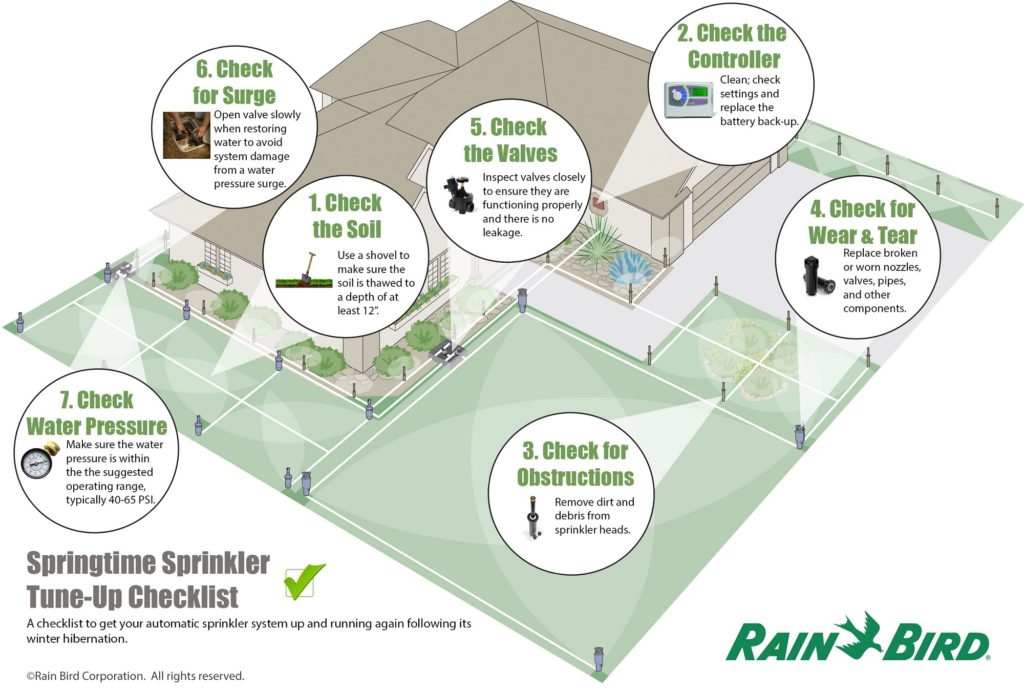
www.rainbird.com
The Heart of the System…
Valves are the heart of any irrigation system. They regulate the distribution of water throughout the entire system. A leaky valve will waste water, and increase your water bill. Visually inspect each valve to make sure they are operating properly. Before turning on any water to the system, make sure all manual drain valves are returned to the closed position. Overly wet areas in the lawn, resulting in muddy and/or barren patches, may be a result of a leaky valve.
Keep the Hammer in the Tool Chest…
Water hammer is a high-pressure surge that occurs when a valve is first opened. An initial pressure surge can result in pipe bursts and damaged valves. When restoring water to your sprinkler system, open the main water valve slowly to allow pipes to fill with water in a gradual and controlled manner, thus preventing a water hammer and costly damage.
Pressure Check…
When you first turn the main water valve back on, it is important to make sure the water pressure is at a safe operating range for sprinkler systems. A system with too much pressure will result in cracked pipes, busted valves, sprinkler head leaks and inefficient watering. Invest in a water pressure gauge that can be used to measure water pressure in your home and yard. These devices typically connect to a hose faucet and give you a good idea of the pressure in your irrigation system.
If the pressure is above the suggested operating range (typically 40 -65 PSI), a pressure regulator may be required to prevent damage to the sprinkler system or undesirable results. For example, if water is “misting” out of your sprinkler heads, your pressure is too high and should be reduced.
Tips from Hunter Industries
Spring cleaning your irrigation system prolongs life and improves watering efficiency, saving time, water and money
When spring arrives and freezing temperatures cease, it’s time to turn on irrigation systems and start watering again. However, when you do so, you should take a few very important steps to make sure you do not damage pipes or irrigation components. It is always best to hire a professional contractor. We have provided a spring start-up guide below to help ensure your Hunter system is up and running with ease and efficiency.
STEP 1
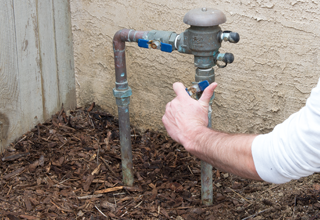
www.hunterindustries.com
Open the system main water valve slowly to allow pipes to fill with water gradually. If these valves are opened too quickly, sprinkler main lines are subjected to high surge pressures, uncontrolled flow and water hammer, which may cause them to crack or burst.
STEP 2
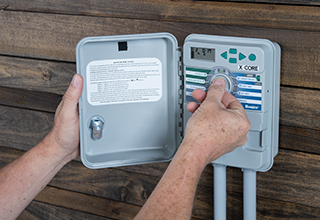
www.hunterindustries.com
Verify the proper operation of each station valve by manually activating all zones from the controller.
STEP 3
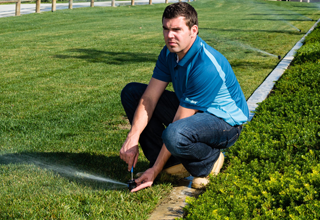
www.hunterindustries.com
Walk through each station on the controller, checking for proper operation of the zone. Check for proper operating pressure (low pressure indicates a line break or missing sprinkler), proper rotation and adjustment of sprinkler heads, and adequate coverage. Check and clean filters on poorly performing sprinklers. Adjust heads to grade as necessary.
STEP 4
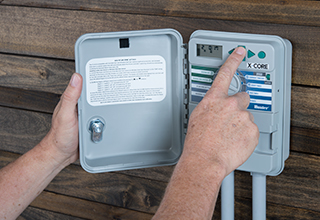
www.hunterindustries.com
Reprogram the controller for automatic watering. Replace the controller back-up battery if necessary.
STEP 5
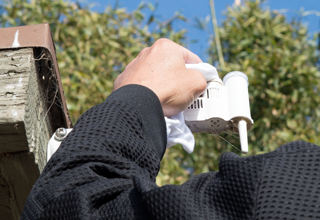
www.hunterindustries.com
Uncover and clean the system weather sensor, if applicable.
Remember, it is always best to hire a qualified professional contractor when performing tasks like Spring Start-Up. Irrigation contractors are experts in hydraulics, proper sprinkler system layout, plant watering requirements and soil types. Their skills will ensure a water-efficient system and years of trouble-free operation.
Sources:
Rain Bird
Hunter Industries
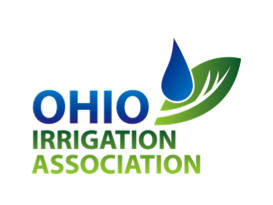
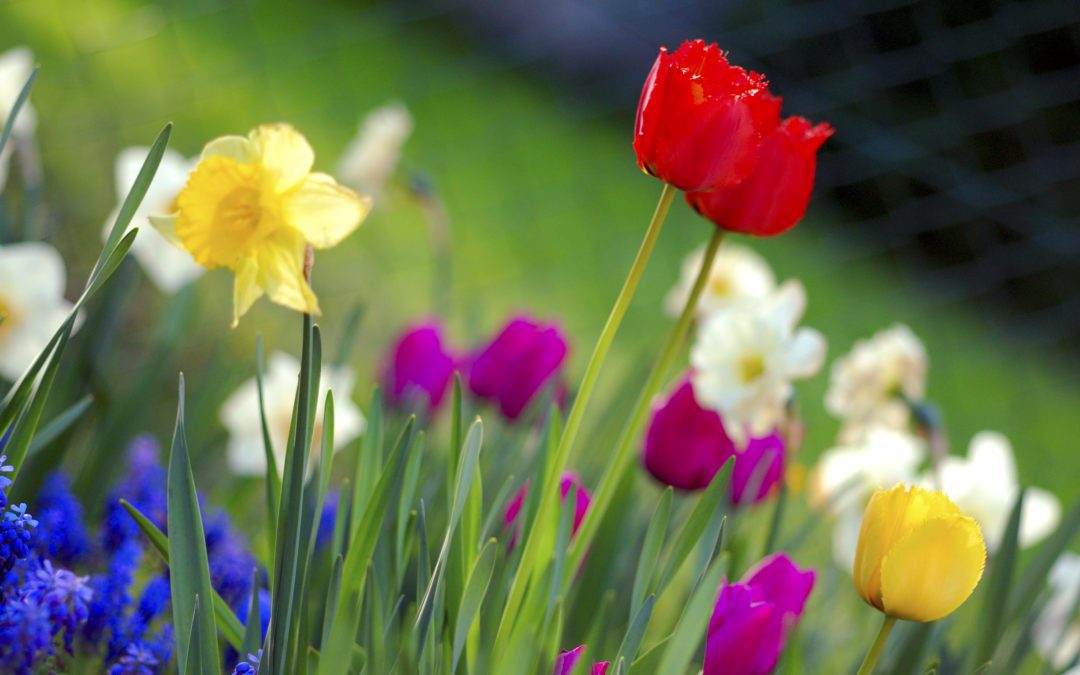

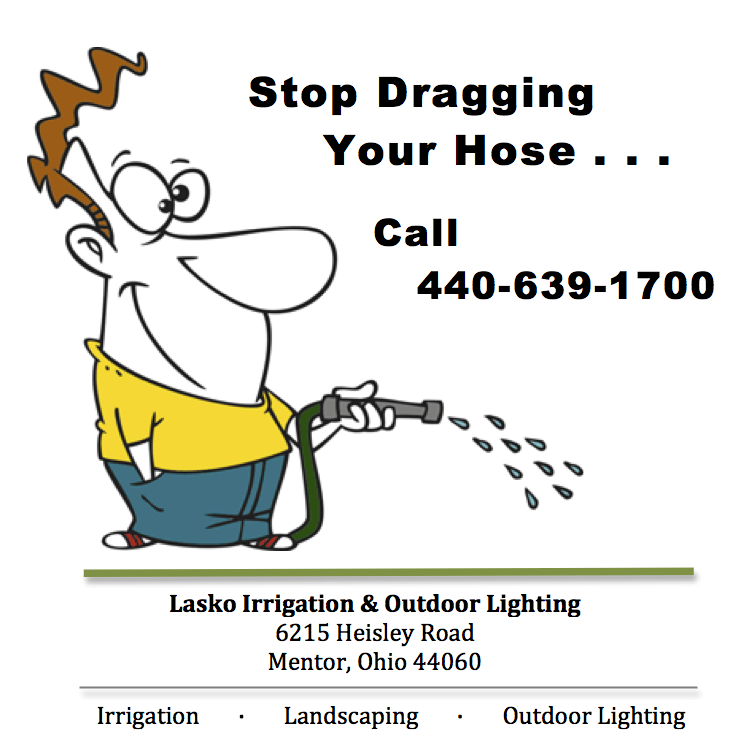


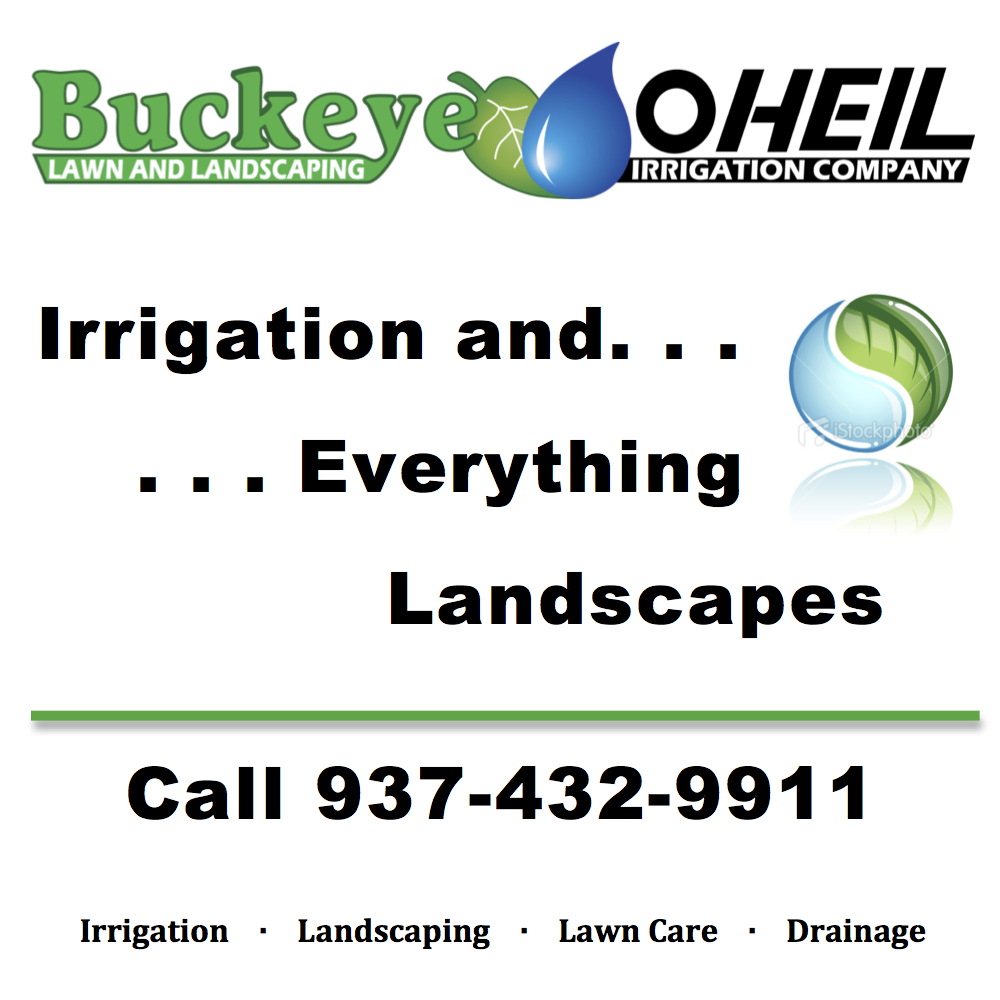
Trackbacks/Pingbacks